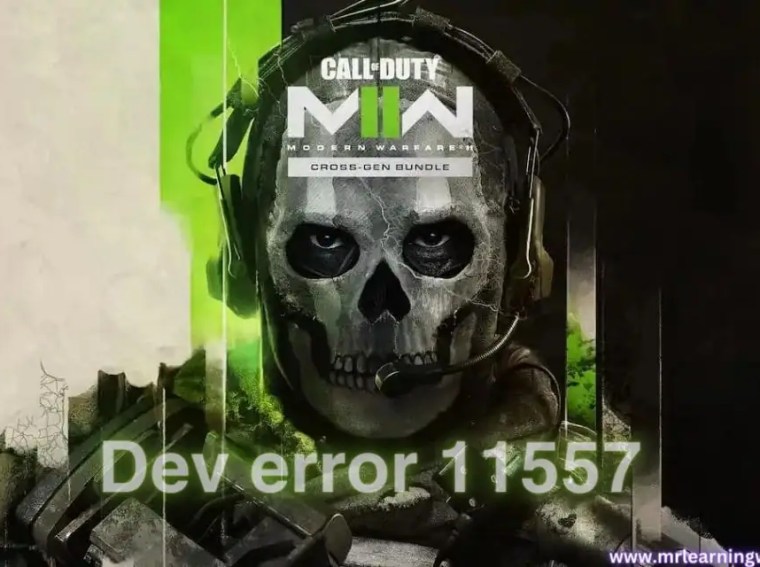The “This Device Cannot Start. (Code 10)” error is a common problem in Windows 10 and 11, affecting WiFi adapters, USB devices, audio drivers, and other hardware components. When this error appears, the device fails to function, causing internet issues, peripheral malfunctions, or audio problems.
This guide explains the common causes of Code 10 errors and provides 10 step-by-step fixes to get your device working again.
Common Causes of Code 10 Error
- Outdated or corrupted device drivers.
- Windows Update conflicts.
- Hardware malfunction or connection issues.
- Corrupted system files.
- Incorrect BIOS/UEFI settings.
- Conflicts with third-party software (antivirus, firewall, VPN).
- Power management settings disabling the device.
Understanding these causes helps target the correct fix quickly.
Fix 1: Restart Your PC
Temporary glitches often trigger Code 10.
- Close all programs and save your work.
- Restart your PC.
- Check if the device works after reboot.
✅ Simple restarts can resolve minor driver or system conflicts.
Fix 2: Run Windows Troubleshooter
Windows has built-in troubleshooters for hardware issues.
- Press Windows + I → Update & Security → Troubleshoot → Additional troubleshooters.
- Select Network Adapter (for WiFi) or the relevant device → Run the troubleshooter.
- Follow on-screen instructions.
✅ Troubleshooter automatically fixes common driver-related errors.
Fix 3: Update Device Driver
Outdated drivers are a leading cause of Code 10.
- Press Windows + X → Device Manager.
- Locate the problem device (marked with a yellow triangle).
- Right-click → Update driver → Search automatically for drivers.
- Restart PC after update.
💡 For WiFi adapters, also check your manufacturer’s website for the latest drivers.
Fix 4: Uninstall and Reinstall the Device
Corrupted drivers may require reinstallation.
- Open Device Manager → right-click the device → Uninstall device.
- Check Delete the driver software for this device if prompted.
- Restart your PC → Windows will reinstall the driver automatically.
✅ Fresh installation often clears Code 10 errors caused by driver corruption.
Fix 5: Roll Back Driver (if recently updated)
Sometimes a new driver update causes compatibility issues.
- Open Device Manager → Properties → Driver tab.
- Click Roll Back Driver → follow the instructions.
- Restart your PC.
✅ Restoring a previous stable driver version can fix Code 10.
Fix 6: Check for Windows Updates
Windows updates often fix driver and system issues.
- Press Windows + I → Update & Security → Windows Update → Check for updates.
- Install all pending updates.
- Restart PC.
💡 Updates include security patches, driver fixes, and system improvements.
Fix 7: Disable Power Management for the Device
Power-saving settings may disable hardware.
- Open Device Manager → Properties → Power Management tab.
- Uncheck Allow the computer to turn off this device to save power.
- Click OK and restart your PC.
✅ Prevents Windows from disabling the device unexpectedly.
Fix 8: Scan and Repair Corrupted System Files
System file corruption can trigger Code 10.
- Press Windows + X → Command Prompt (Admin).
- Run:
sfc /scannow DISM /Online /Cleanup-Image /RestoreHealth - Wait for the process to finish → restart PC.
✅ Restores missing or corrupted system files required for drivers.
Fix 9: Check Hardware Connections
Sometimes Code 10 occurs due to physical issues.
- For WiFi adapters: remove and reinsert the card or USB dongle.
- For USB devices: try a different port.
- Ensure devices are properly seated and powered.
✅ Hardware connection issues can mimic driver errors.
Fix 10: Contact Manufacturer Support
If all else fails:
- Note your device model and Windows version.
- Visit the manufacturer’s support page.
- Follow instructions or request replacement if the device is faulty.
✅ Manufacturers provide firmware updates or hardware solutions for persistent Code 10 errors.
Additional Tips
- Avoid installing third-party driver updater software — they can cause conflicts.
- Keep a backup of important drivers before making changes.
- For laptops, ensure battery and AC power settings don’t disable devices.
- Perform regular system maintenance to prevent driver corruption.
Frequently Asked Questions (FAQs)
Q1: What is Code 10 in Windows?
A1: Code 10 is a Device Manager error indicating that Windows cannot start the device due to driver or hardware issues.
Q2: Can Code 10 affect WiFi?
A2: Yes, WiFi adapters often trigger Code 10 if drivers are outdated or corrupted.
Q3: Does uninstalling the driver fix Code 10?
A3: Yes, reinstalling a clean driver often resolves the error.
Q4: Can malware cause Code 10?
A4: Rarely, but malware that modifies drivers or system files can trigger this error.
Conclusion
The “This Device Cannot Start. (Code 10)” error can affect WiFi adapters, USB devices, and other hardware on Windows 10 and 11. Start by restarting your PC and running the troubleshooter, then move on to driver updates, reinstallations, or rolling back problematic drivers.
If the issue persists, check power settings, system file integrity, and hardware connections. Following these 10 step-by-step fixes will help you restore your device’s functionality and eliminate the Code 10 error effectively.



